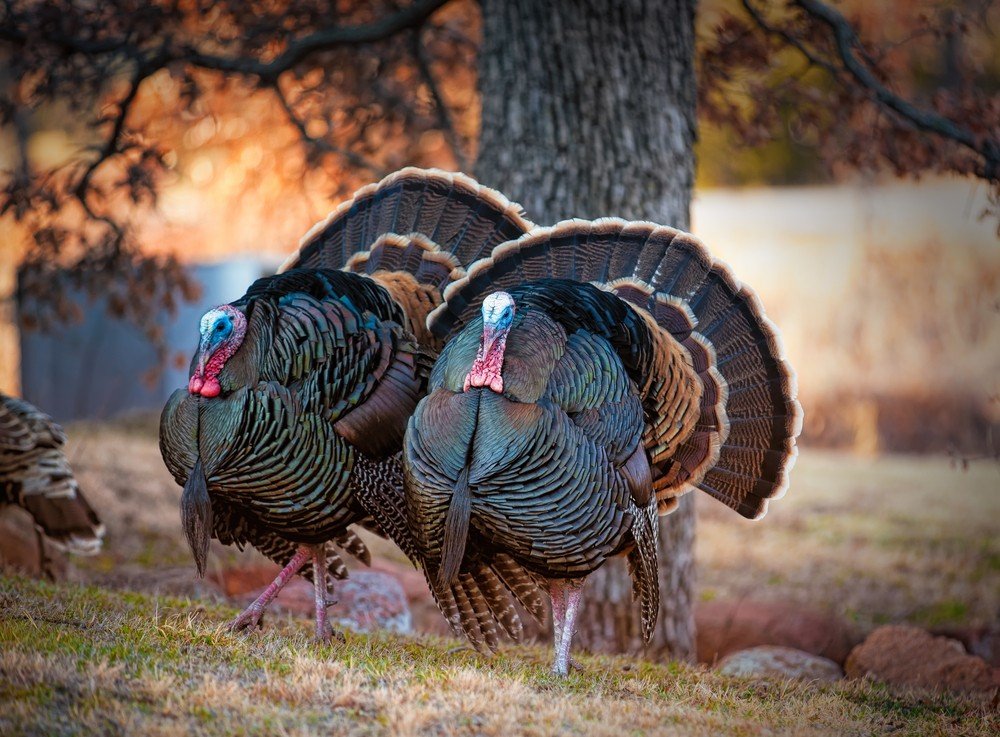Sandhill cranes in formation over New Mexico. (Donald M Jones/)
“Put that damned thing away!” Evan Stabolitis hisses in the dark. He’s sitting on a lawn chair somewhere to my left in the portable blind he and his half dozen guides constructed on the edge of a picked Oklahoma cotton field. Then, for emphasis, “You wanna get us all busted?”
He sounds exactly like the commander of a blacked-out submarine, imploring an oblivious sailor not to drop the wrench that will reveal their location to enemy destroyers and lead to lethal depth-charging. “You wanna get us all killed?” is what I heard, though I think Stabolitis actually said, “You all wanna kill limits, right?”
I snap shut my bright yellow notebook and tuck it in my camouflaged blind bag. Sandhill cranes are approaching in the breaking November dawn. We can hear their hoarse bugling as they rise from the distant Red River, and while shooting light is still 15 minutes away, Stabolitis isn’t taking chances. He tells the four of us shooters that there will be no talking once birds hook into the decoys.
“I don’t want to hear anybody whispering or see anybody twitching,” he says, channeling the voice of that submarine commander. “You move, we all lose.”
His caution is borderline laughable, but I figure that Stabolitis, who guides crane hunters on the High Plains of southwest Oklahoma and the Texas Panhandle, has seen—and been busted by—a lot more sandhills than I have. So I sit on my hands, keep my head down and my thoughts to myself, and wait for the cranes to spiral into our spread.
















































